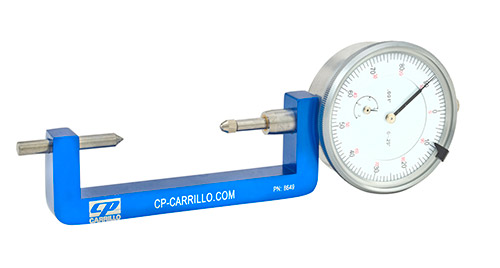Bolt Torque: Why It Shouldn’t Be Your First Choice for Tightening Connecting Rod Bolts
Relying on bolt torque alone can lead to inaccurate clamp loads, giving a false sense of security that the bolts are properly tightened. Here’s why.
What is bolt torque?
Bolt torque is the rotational force applied to a bolt to create tension, which in turn generates clamping force.
What does torque actually measure?
Torque primarily measures the resistance caused by friction at the bolt’s mating surfaces. Variables such as lubrication, thread condition, and torque wrench accuracy all influence this measurement—often resulting in inconsistent clamp loads or bolt tension.
What is the most accurate method?
Measuring bolt stretch is the best way to achieve the correct clamp load. This involves recording the free length of the bolt and tightening it until the desired stretch is reached. This method directly measures tension, ensuring accuracy and repeatability.
What if stretch measurement isn’t possible?
The next best option is the torque-angle method. First, a low torque value is applied to properly seat and align the bolt. Then the bolt is rotated a predetermined angle, which stretches it by a predictable amount—providing reliable tension and clamp load without relying solely on torque.
To recap:
Best method: Bolt Stretch → most accurate, repeatable clamp load.
Next best: Torque Angle → low torque to seat, then rotate to a set angle for predictable stretch.
Last choice: Relying on torque alone.
A CP-Carrillo bolt stretch gauge can be bought in our online store


